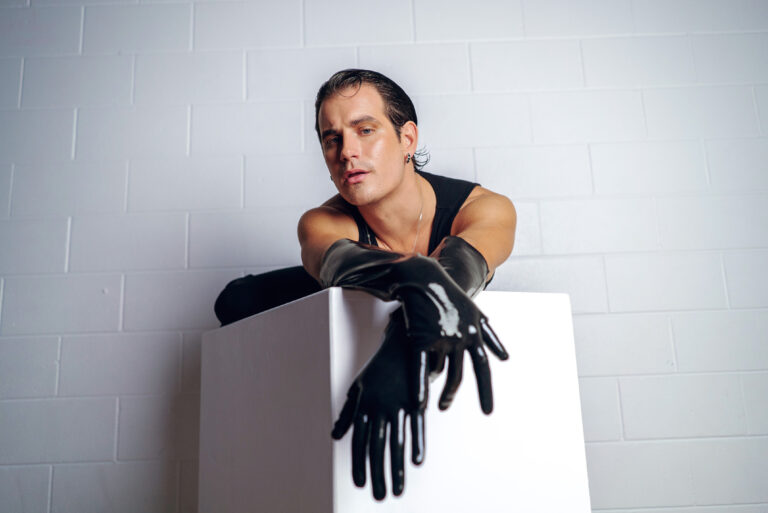
As a young dancer training with The Washington Ballet, Kitty Lunn fantasized about having a bone transplant. “I was a small person and I wanted to be a tall person,” she says. One day in class, her teacher, dance legend Agnes de Mille, took Lunn’s face in her hands and said, “Kitty, dear, you have to learn to dance in the body you have.” Lunn had no idea how important those words would be when, years later, an accident would leave her paraplegic.
In 1987, while preparing to perform in her first Broadway show, Lunn slipped on ice, fell down a flight of stairs and broke her back. For the next five years she did five hours of physical therapy five days per week, all the while dreaming of getting back to dance. She set a target return date, and at 12 pm on that day, she set her money on the table at Steps on Broadway and rolled her wheelchair into a ballet class, where Paloma Herrera and Vladimir Malakhov stood at the barre.
“They made a place for me at the barre, and though I didn’t know what I was doing, I knew I was going to be OK,” Lunn says. “I would go home after class and try and figure out what did and didn’t work, and why.” During this time, Lunn’s husband, Andrew MacMillan, designed a wheelchair that fit the needs of her dancing. With his support she developed a technique and started teaching.
“I’m a great teacher,” says Lunn, who went on to create Infinity Dance Theater, which features dancers with and without disabilities. “I really am. What I have done is transpose the techniques of classical ballet and Horton and Graham to work not only for me, but for others with a variety of disabilities.”
She goes on to explain, “I use my arms, wrists and fingers the same way someone standing uses their legs, ankles and toes. We are doing the same thing differently, but for the same reasons.” For example, plié is meant to stretch the calves and get the blood flowing. Consider what part of a student’s body might need to have the circulation enhanced if they’re dancing in a wheelchair (hint: the torso). In this case, Lunn says, a demi-plié would turn into a small contraction, and a grand plié would be a full contraction. “I have spent 25 years figuring these things out,” Lunn says.
“Disability isn’t like tube socks,” Lunn likes to say, when advising those who work with dancers who have disabilities. “It’s not one-size-fits-all. Get to know your dancers and their needs, then teach to those.” She also asks that teachers remember the language they use is important. “Use the word transpose rather than adapt,” she says. “When a singer transposes a song into a different key, they don’t eliminate any notes. ‘Adapt’ sounds like ‘less than,’ like you are making the choreography easier. That’s not at all what we are doing here.”
GO-TO TEACHING ATTIRE “You want something that won’t get caught on the wheelchair. I like to wear a unitard with sweatpants and a cotton turtleneck over it. When you have a spinal-cord injury, you don’t process temperature the same way, and I tend to run cold.”
MUST-HAVE GEAR Hatch Gloves. “Though I don’t wear them during a performance, I wear wheelchair gloves in class. They’re so important for protecting my hands.”
NONDANCE INTERESTS “I’m a reiki master in hospice settings. I work with people who are at the end of their lives. It’s gratifying to help them accomplish the second-most important thing they will do in their lives—their first breath is the first, and their last exhalation is the last.”
FAVORITE BOOK “I love the Outlander series. The author is a researcher, and her attention to detail is excellent. I come from Scottish descent, and I really appreciate how accurate she is.”
ITEMS SHE NEVER LEAVES HOME WITHOUT “My iPad, my phone, my water bottle, my rain gear, a Kind bar, tissues and my eyeglasses. I have saddlebags on my wheelchair that are always full.”




